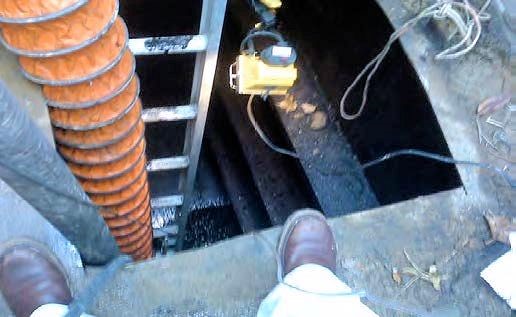Confined Spaces
Many workplaces contain areas that are considered "confined spaces" because even though they are not necessarily designed for people, they are large enough for workers to enter and perform certain jobs.
A confined space also has limited or restricted means for entry or exit and is not designed for continuous occupancy. Confined spaces include, but are not limited to, tanks, vessels, silos, storage bins, hoppers, vaults, pits, manholes, tunnels, equipment housings, ductwork, pipelines, etc.
Confined space entry can be extremely dangerous. Company and contractor workers are not authorized to conduct confined space entries without proper training and authorization.
- On offshore facilities, for a space to be classified as a confined space, it must meet all of these three criteria:
- is large enough for human occupancy
- has limited or restricted means for entry or exit
- is not designed for continuous employee occupancy
- Where a worker should enter a confined space, verify that suitable confined entry procedures are in place, proper personal protective equipment and testing equipment is used, to protect and that workers have received the proper training.
- Documentation of this training should be provided to company prior to the job.
- Make the required Confined Space Entry Plan and Permit readily available at the work site.
For more information on this topic, take OSHAcademy Course 713 Confined Space Program.
Knowledge Check Choose the best answer for the question.
7-3. Some enclosed spaces should be considered confined spaces because while they may not be designed for people, _____.
You forgot to answer the question!

